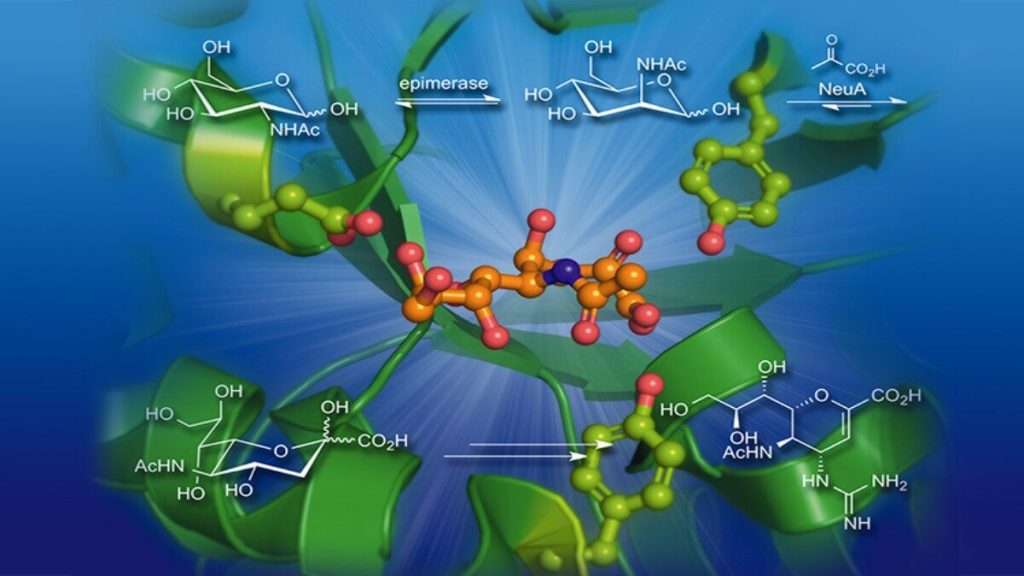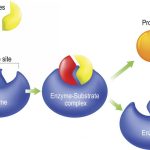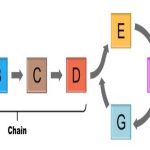Biocatalysis have many advantages over chemocatalysis in the context of green chemistry, which include mild reaction conditions (physiological pH and temperature), the use of environmentally compatible catalysts (enzymes) and solvents (usually water), high catalytic activity and good regio- and chemo-selectivities for multifunctional molecules. As a result, the use of enzymes can avoid the need for functional group activation, or unnecessary protection/deprotection steps.
This simple overview demonstrates that biocatalytic transformations can potentially satisfy eight out of the twelve principles of green chemistry. They often result in a shorter, less wasteful, environmentally and economically appealing processes when compared to conventional chemical syntheses. Biocatalysis has already become widespread in industrial organic synthesis with over 130 commercialised processes. Some of the major themes in biocatalysis are as follows:
- Biocatalysts (enzymes/whole cells) can replace chemo-catalysts in synthetic routes.
- Biocatalysts can enable new synthetic pathways which may be shorter, more efficient and more sustainable.
- Combining chemo- and bio-catalysis generates opportunities for the design of synthetic routes.
- Biocatalysts with a broad substrate scope that are active and stable under the conditions of a chemical process are needed.
- There are a range of emerging technologies for biocatalyst development (directed evolution/pathway engineering).


